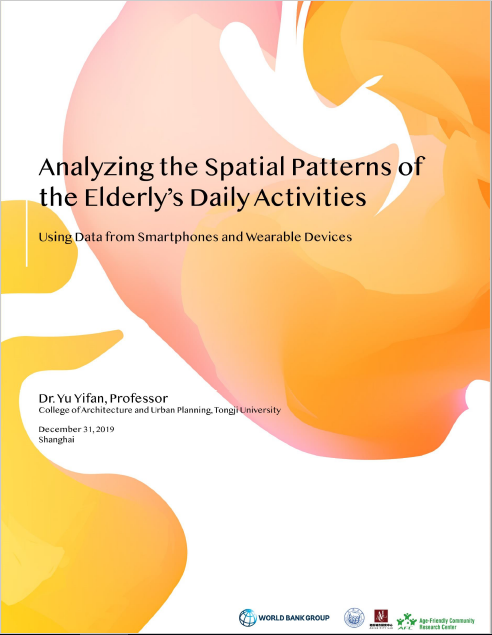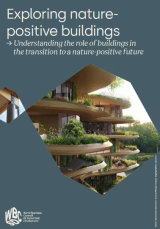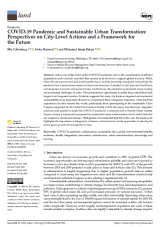
-
Topics
Urban Planning, Health, Smart Cities
-
Published On
December 31, 2019
-
Author(s)
Dr. Yu Yifan
The living environment is an important resource for Chinese cities to response the challenge of aging population. In an ideal living environment, elderlies can obtain necessary support when their physical functions gradually decline due to aging. Their service needs arising out of weakened self-care ability and sharp decline in family care resources can be satisfied in a timely manner. The loneliness that may be caused by transformation of social roles can be appropriately eased. However, the traditional planning process usually specifically targets the service objects without age and gender differences. They only think about urban roads and traffic flow when thinking about daily travels and functional land and public facilities when thinking about services. When group differences and individual needs are ignored, the functions of the built environment and service performance can’t be guaranteed. From another point of view, an external environment without sufficient barrier-free facilities as well as a comfortable physical environment may reduce the willingness of the elderly to go out for activities. Thus, it will result in reduction of healthy behaviors. The possible shortage of public service facilities or poor accessibility may cause inconvenience to the elderly and lead to a lower life quality.
In order to further implement the Healthy and Active Aging Strategy (WHO, 2007), an increasing number of countries and cities attach great attention to the elderly-oriented improvement of the built environment and explore spatial strategies to improve the community and home to a more elderly-oriented environment through planning and design. Planning designers and community service providers should re-examine the existing living environment from the standpoint of specific groups and think about the rigid practices of traditional planning, such as allocating resources based on administrative divisions, static demographic statistics, and planning indicators. They should also explore innovative planning methods and tools. Therefore, our study attempts to explore a demand-responsive spatial intervention countermeasure through new types of data and technical routes from a professional perspective of urban planning and public services.
Download
2.55 MB



